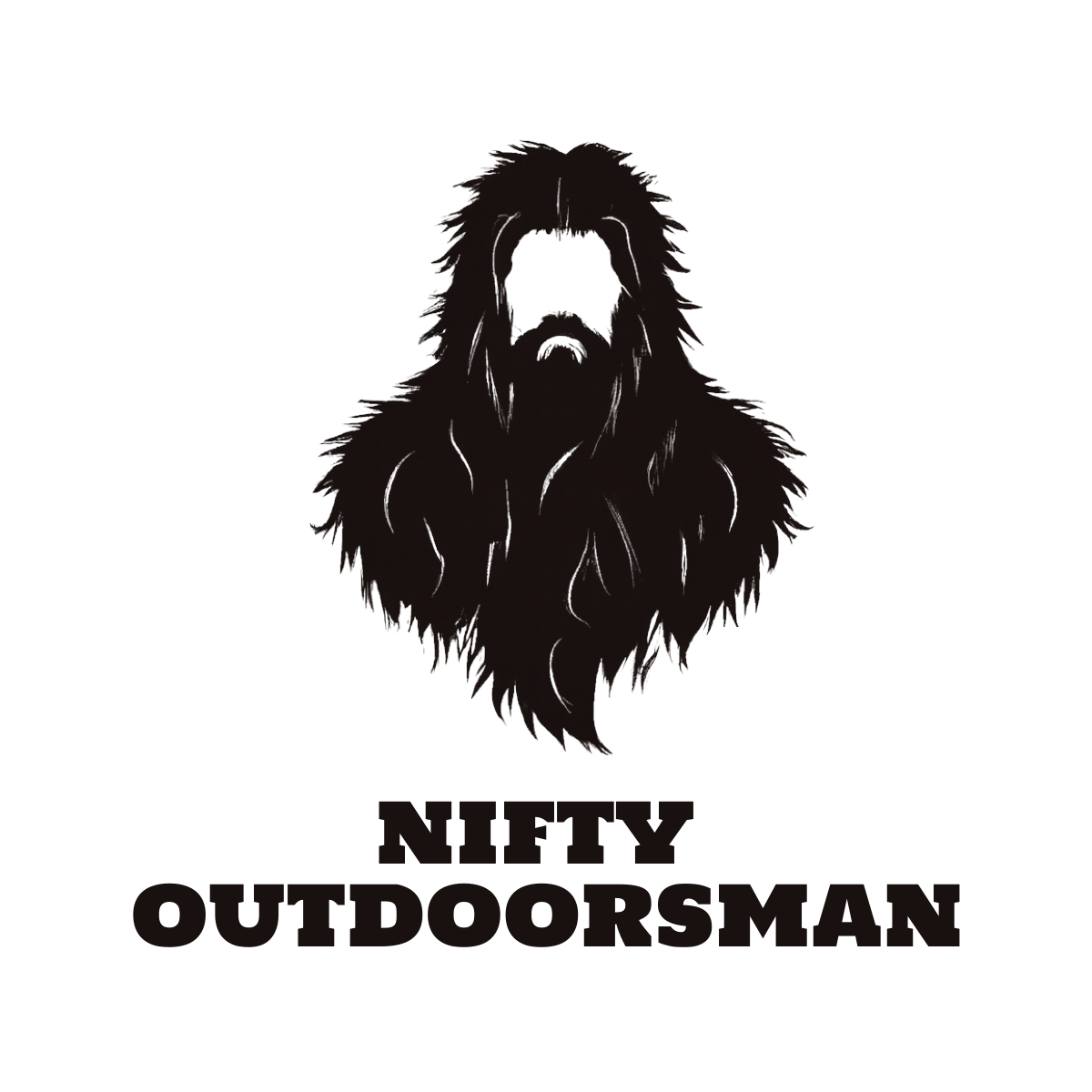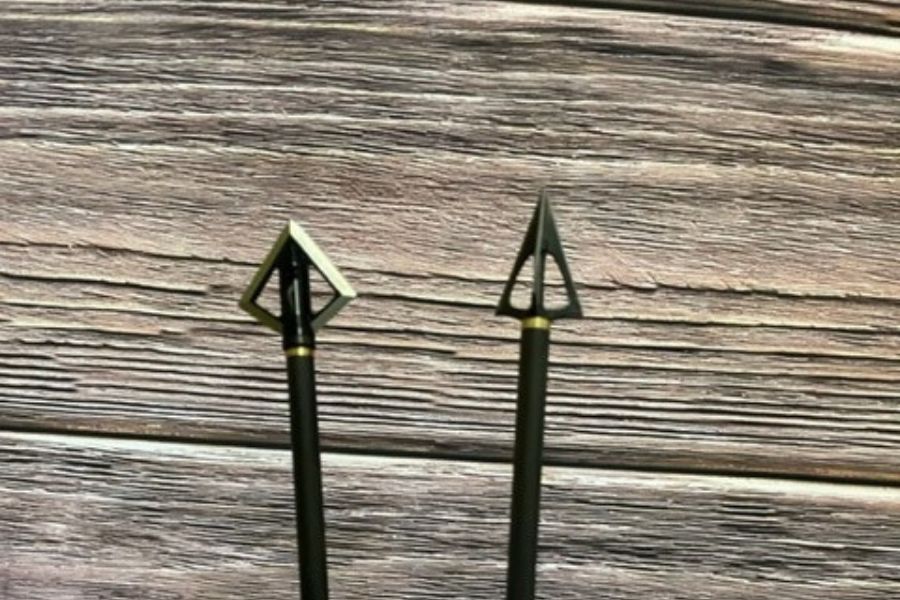There are three different types of broadheads out there which are all for various purposes. Because there are so many other uses for each broadhead, it can be challenging to know which broadhead is right for you.
Here is the short answer:
If you are hunting big game animals with thick hides and heavy bones (like elk, moose, buffalo, or big deer), a fixed blade broadhead is the best choice. If you are hunting deer or smaller-sized big game, on tight property boundaries where you can’t have the animal run far after the shot, you will want an expandable. If you are just hunting deer then you may want a hybrid broadhead.
With the short answer out of the way, we can look at why you would want one broadhead over the other, what the downsides to each broadhead design are, and which broadhead design is best.
Expandable broadheads
Expandable broadhead has its upsides and its downsides, but what are they? When would you want one and not want one?
The most significant upside to expandables is that they often have a massive cutting diameter. This means that the animal you hit with it is going to bleed a lot more than it would a traditional fixed blade. So if you are hunting in an environment where you can’t have a deer run far as it will cross property lines (like hunting in more urban settings), you will probably want an expandible.
One of the two biggest downsides to expandables is that they have to open on impact. Because they have to open on impact, the arrow is going to lose a lot of energy and will most likely pass through the animal you shoot. So if you do shoot an expandible, you will want to shoot a heavier arrow to make up for the loss of energy.
The other downside to expandables is that there are a lot of moving parts, meaning that there are a lot more that can fail. Expandables have thin blades which can break if they hit heavy bones. There is also the risk that the broadhead doesn’t even open at all.
Fixed blade broadheads
A fixed blade broadhead is the most reliable type of broadhead out there. But even though it is a proven broadhead design, it still has downsides.
The most notable upside to the fixed blade design is that it has no moving parts, so it is much harder for it to fail. A fixed blade is the most reliable broadhead design because there is nothing on it that can break when you hit something. So if you hit a bone and you have a decent broadhead, it is less likely to get damaged or bend.
The other upside to a fixed blade design is that it will have much more penetration than a mechanical or hybrid design. This is because there is nothing that opens or moves on impact so it won’t lose energy.
The biggest downside, and most common issue, to fixed blades is that they are not the most accurate broadhead design. Because a fixed blade broadhead is not very aerodynamic, it will often not hit the same or fly the same as a field point unless your bow is tuned.
The thing you will have to look out for when choosing a fixed blade is the blade thickness. Many replaceable blade broadheads have thin blades that can break when they hit a heavy bone.
Hybrid broadheads
Hybrid broadheads, in theory, have the best of both worlds. They have the reliability of a fixed blade and the accuracy of a mechanical. However, this is not the case. They still may not be the best broadhead design for many reasons.
Hybrid broadheads are a mix of half mechanical and half fixed blades. The mechanical blades are still thin and will most likely break if they hit heavy bones. But there is still the insurance of the fixed blade. However, the reduced penetration of having the mechanical blades open is also still a problem.
So you have the best and the worst of both worlds with a hybrid. But there is still the reassurance of a fixed blade, so even if the mechanical part fails there is still a fixed blade.
The best broadhead design
Now that we have gone in-depth on the ups and downs of each broadhead design, we can see which broadhead design is best.
If you are going to hunt big game animals or your bow has a lighter poundage, then a fixed blade broadhead is the best bet. A fixed blade will give your set-up more penetration and help you achieve a pass-through. So the best broadhead design for the biggest of big game animals would be a fixed blade.
If you are going to be hunting deer where you can’t have the deer run far or it will cross property lines, then you will want a mechanical. Mechanicals have large cutting diameters meaning that there will be a big entrance or exit wound and the animal will bleed a lot more and die fast. However, there is still the risk that the broadhead will fail or break, which is way more likely to happen if you hit a heavy bone.
Hybrid broadheads are good for deer but are still not the best choice for anything bigger than deer. Hybrid broadheads can still break as they have the weaker thin blades of a mechanical.
Overall, if you were to select a single broadhead design to shoot, it would be a fixed blade. With a fixed blade, you can hunt all big game animals. And if you hit the shoulder blade, it is way more likely to go through the should rather than stop or break like a mechanical
Conclusion
If you were to pick one broadhead design to use for all game animals and for all situations, it would be a fixed blade. Fixed blades have the best penetration and overall performance of all broadheads. However, there is still a time and a place for both hybrid and mechanical broadheads.

